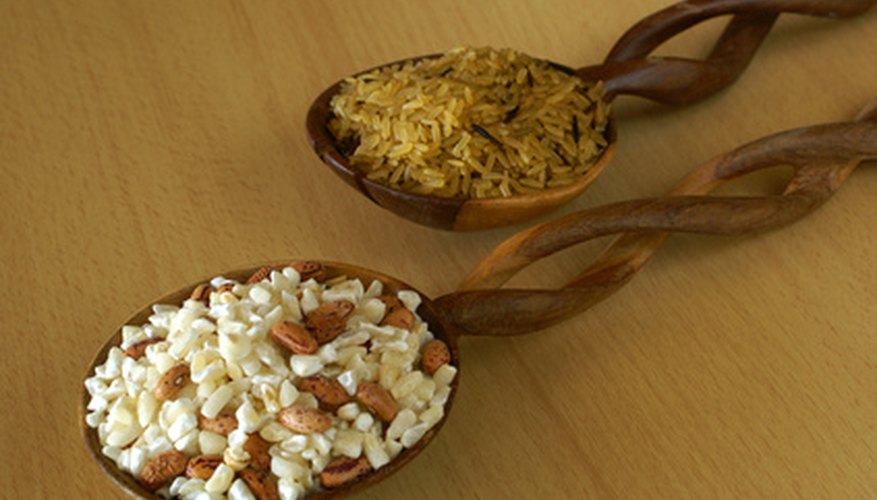Proteins are made up of building blocks called amino acids.
Amino acids that the body can make are called nonessential amino acids.
Essential amino acids, on the other hand, cannot be made by the body and must be obtained from food.
For adults, there are eight essential amino acids--leucine, isoleucine, valine, threonine, methionine, phenylalanine, tryptophan and lysine. Children need these eight as well as histidine.
High biological value (HBV) proteins, or complete proteins, contain all of the essential amino acids in proportions similar to those required by humans. Animal sources of protein have a high biological value. Plant sources of protein are missing one or more of the essential amino acids and are called low biological value (LBV) proteins, or incomplete proteins.
Meat
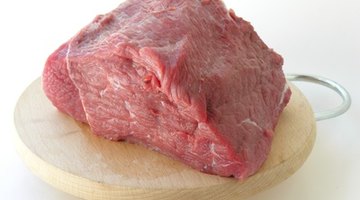
In addition to the more common beef, pork and lamb, this category would include goat, buffalo, deer, rabbit and other game meats. Dietary guidelines from the National Institutes of Health and the Centers for Disease Control and Prevention recommend choosing lean cuts of meat.
For beef, these include sirloin tip, round steak, rump roast and extra lean minced meat.
- In addition to the more common beef, pork and lamb, this category would include goat, buffalo, deer, rabbit and other game meats.
- For beef, these include sirloin tip, round steak, rump roast and extra lean minced meat.
Lean cuts of pork include centre cut ham, loin chops and pork tenderloin. Look for cuts that have little marbling, and trim visible fat.
Poultry
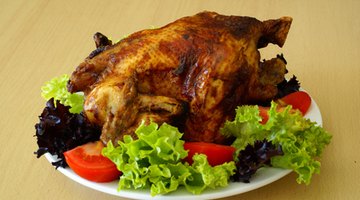
Chicken, turkey, duck and goose are HBV proteins.
Remove the skin and choose white meat--the breast or wing--to limit saturated fat. Use low-fat cooking methods like baking, broiling, grilling or poaching instead of frying.
Fish and shellfish
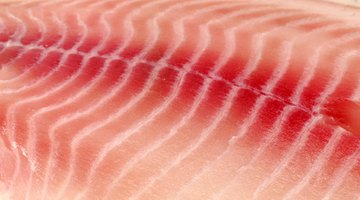
In addition to high-quality protein, fish like salmon, sardines, tuna, trout, herring and mackerel are rich in omega-3 fatty acids that promote heart health.
Include two meals per week of these fatty fish. Other fish and shellfish--such as tilapia, red snapper, mahi mahi, shrimp, scallops and lobster--can be enjoyed as well. Limit fish intake to 340gr per week to avoid excess mercury.
- In addition to high-quality protein, fish like salmon, sardines, tuna, trout, herring and mackerel are rich in omega-3 fatty acids that promote heart health.
- Limit fish intake to 340gr per week to avoid excess mercury.
Eggs

You may have heard that the protein is in the white of an egg, but actually the yolk provides nearly half of the protein content. Egg yolks are also high in saturated fat (about the same as a teaspoon of butter) and cholesterol, so limit yolks to one per day. If you have heart disease, the American Heart Association recommends no more than two yolks per week. Use extra whites for a bigger portion. In baking, use two egg whites in place of one whole egg.
- You may have heard that the protein is in the white of an egg, but actually the yolk provides nearly half of the protein content.
Milk and milk products

Milk, cheese, yoghurt and cottage cheese are all HBV proteins. Including nonfat and low-fat versions is beneficial to heart and bone health, as well as weight control. Dairy fats--like butter, sour cream and cream cheese--and ice cream are not significant protein sources.
Soybeans
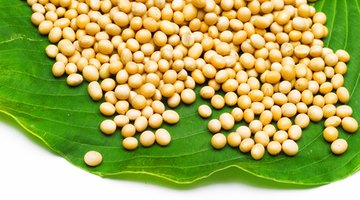
One of the few plant sources of HBV, soy is found in soy milk, tofu and tempeh. It is also used as a meat substitute in vegetarian products like soy burgers or hot dogs. It may be added to food products as textured vegetable protein (TVP).
TVP can also be purchased and used as a substitute for ground meats in dishes like chilli, spaghetti sauce, lasagne or tacos. Edamame--boiled green soybeans--is good as a snack, stir-fried with other vegetables or puréed into hummus. Soy nuts are available plain or in snack mixes.
- One of the few plant sources of HBV, soy is found in soy milk, tofu and tempeh.
- TVP can also be purchased and used as a substitute for ground meats in dishes like chilli, spaghetti sauce, lasagne or tacos.
Quinoa
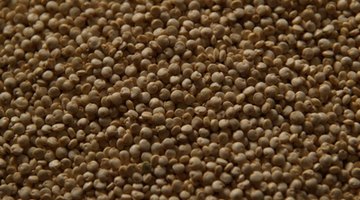
Quinoa is both a whole grain and a complete protein. It cooks up like rice---1 cup quinoa to 2 cups liquid---in 15 minutes. Use it in recipes in place of rice or pasta, in place of breadcrumbs in meat loaf or meatballs, or tossed with vegetables and vinaigrette for a hearty salad. Add nuts or fruit to cooked quinoa and enjoy for breakfast.
- Quinoa is both a whole grain and a complete protein.
- Add nuts or fruit to cooked quinoa and enjoy for breakfast.
